Dougga
UNESCO believes that Dougga represents “the best-preserved Roman small town in North Africa”. Indeed, this archaeological site is located two-hour drive from the major cities and therefore was protected from the intrusion of the modern urbanization. Dougga’s impressive size, its well-preserved monuments and its deep Berber, Punic, ancient Roman and Byzantine history make it exceptional.
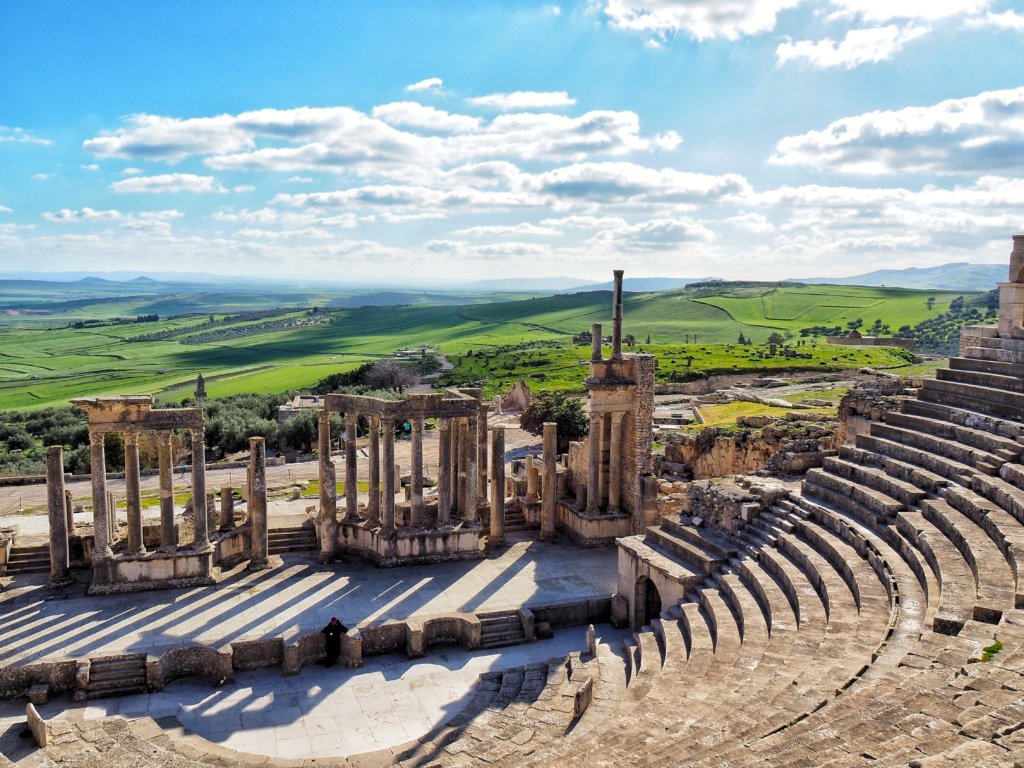
Probably, the most spectacular site in Dougga is theater overlooking the valley and other ruins. It was which was built in the 2nd century AD and is now one of the best preserved examples in Roman Africa. It could host 3500 spectators, even though only 5000 people lived in Dougga.
However, at the beginning of our Dougga discovery trip we made a mistake to allow an elderly man to be our guide. He claimed to speak German, but unfortunately, though he could have been very knowledgeable in the subject, his language skills didn’t go beyond the dates and names learnt by heart; he couldn’t answer any of our questions and soon we just paid him the amount of money we agreed to pay and continued our exploring experience alone.
Tunis
In Tunis, we visited the medina and wandered through the market which has impressive size. At the end, we made a pause to enjoy some mint tea.
In Tunisia, the most common drinks are green peppermint tea (I still have to try to repeat it at home), espresso (there are plenty of small cafes equipped with the powerful full-range espresso machines) and fresh orange juice (you can find a glass for 1-1,5 Dinar only, so we drank at least two a day). Many Tunisian men smoke, both cigarettes and shisha, so there are many tiny cafes where nothing but water pipe and coffee is served.
The famous Bardo National Museum is located 5 km away from the Tunis medina in the former residence of the Tunisian Beys. This is the right place to visit to learn about the history of Tunisia. The museum is known for displaying the largest mosaics in the world. The entrance fee is 13 Dinar and the history geeks need to plan at least 2-3 full hours for a visit.
Monastir
The Ribat of Monastir is located inside the Kasbah (fort) overlooking the sea and the city. It was founded in the end of the 8th century and was used to scan the sea for hostile ships and as a defense against the attacks of the Byzantine fleet. Since the 11th century the Ribat didn’t undergo significant changes, preserving the shape and mood of the martial fortifications of the past. Because of this reason the Ribat of Monastir was chosen as a filming location for several movies. Entrance fee to the Ribat is 8 Dinar.

Another place worth a visit in Monastir is the Mausoleum Bourguiba, a monumental grave where the former president of Tunisia, Habib Bourguiba, the father of Tunisian independence, was buried. Inside there is also a small museum housing some of president Bourguiba’s personal belongings and many photographs. I was surprised to learn that the mausoleum was built when Bourguiba was still alive.
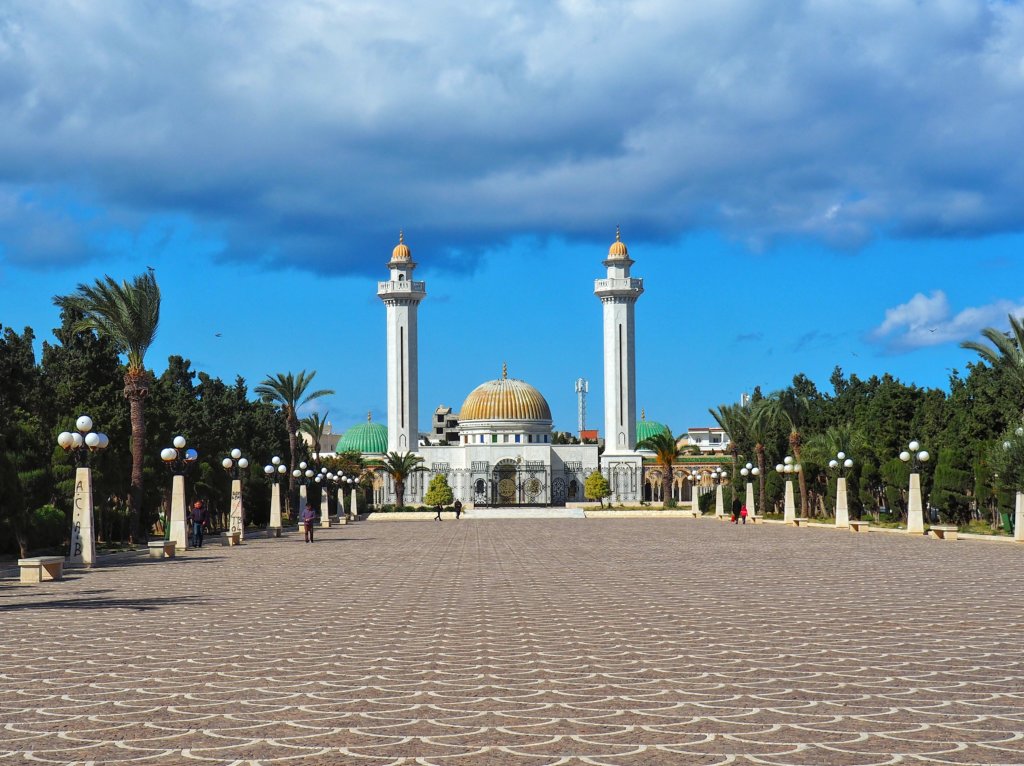


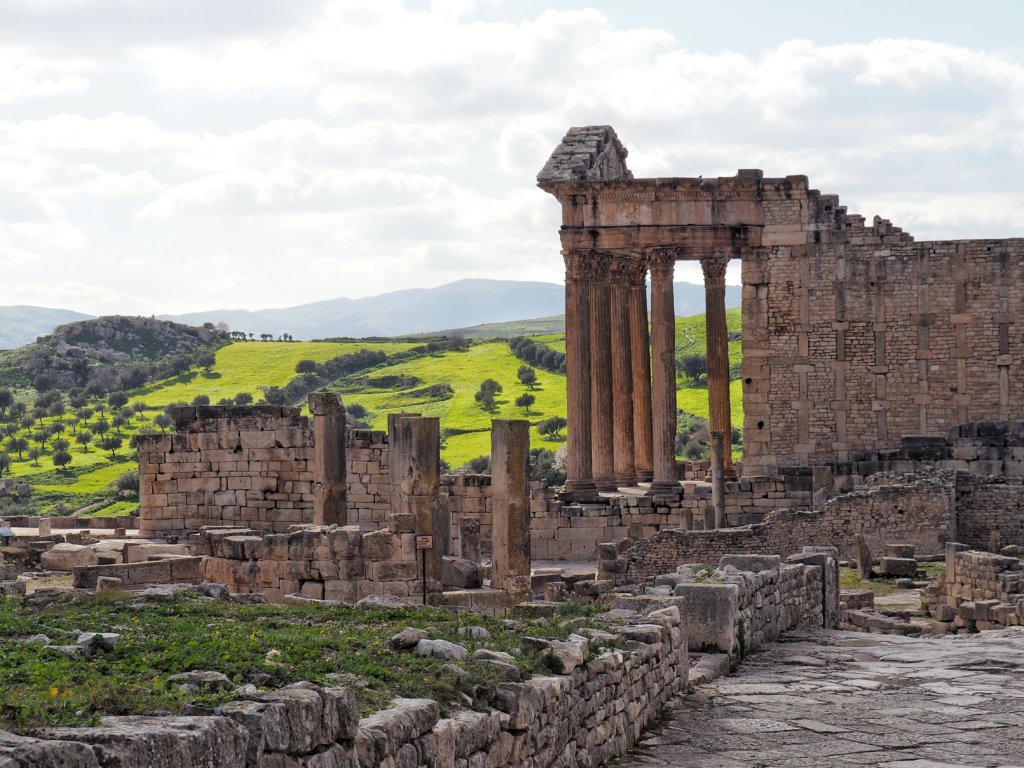
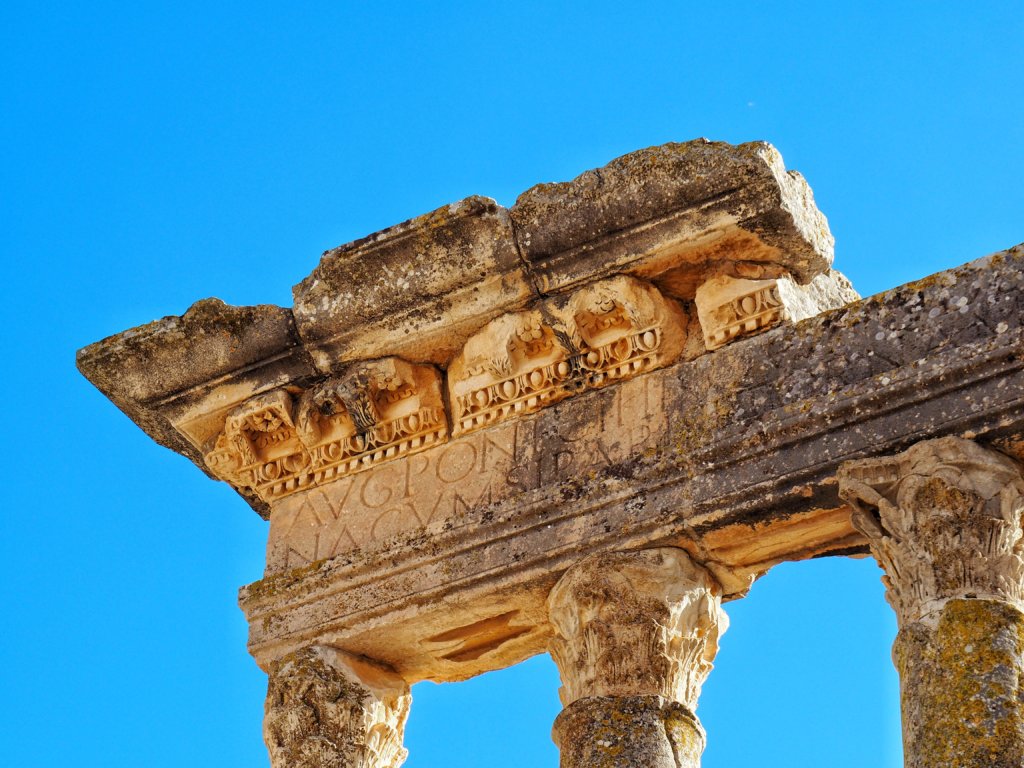
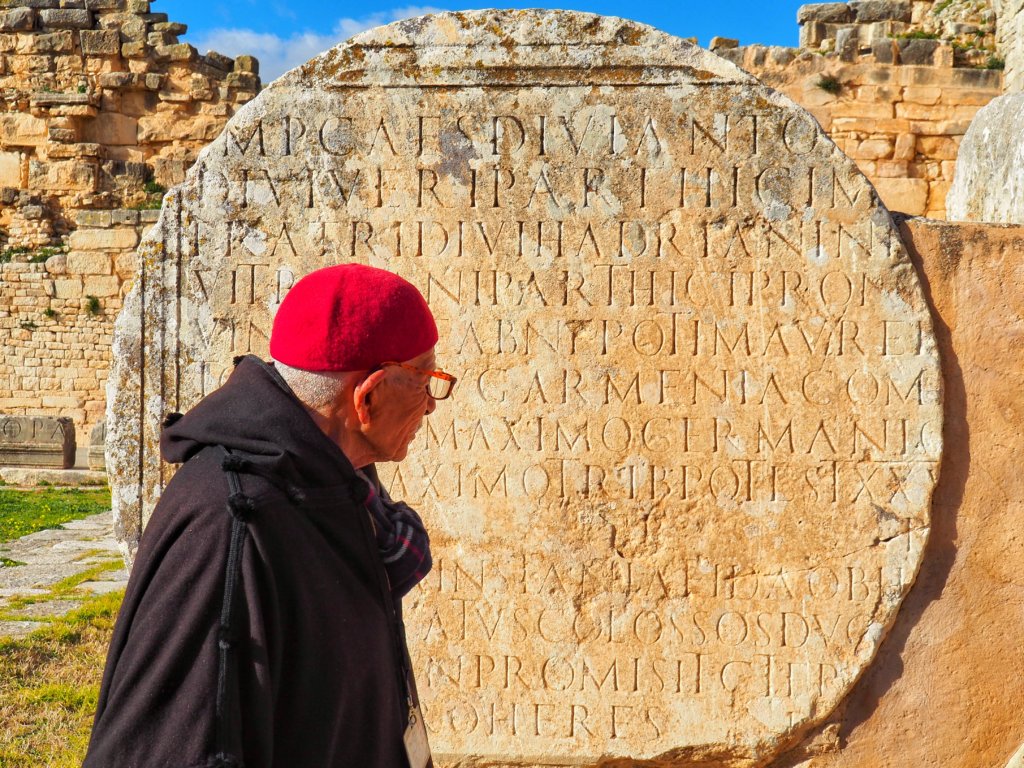
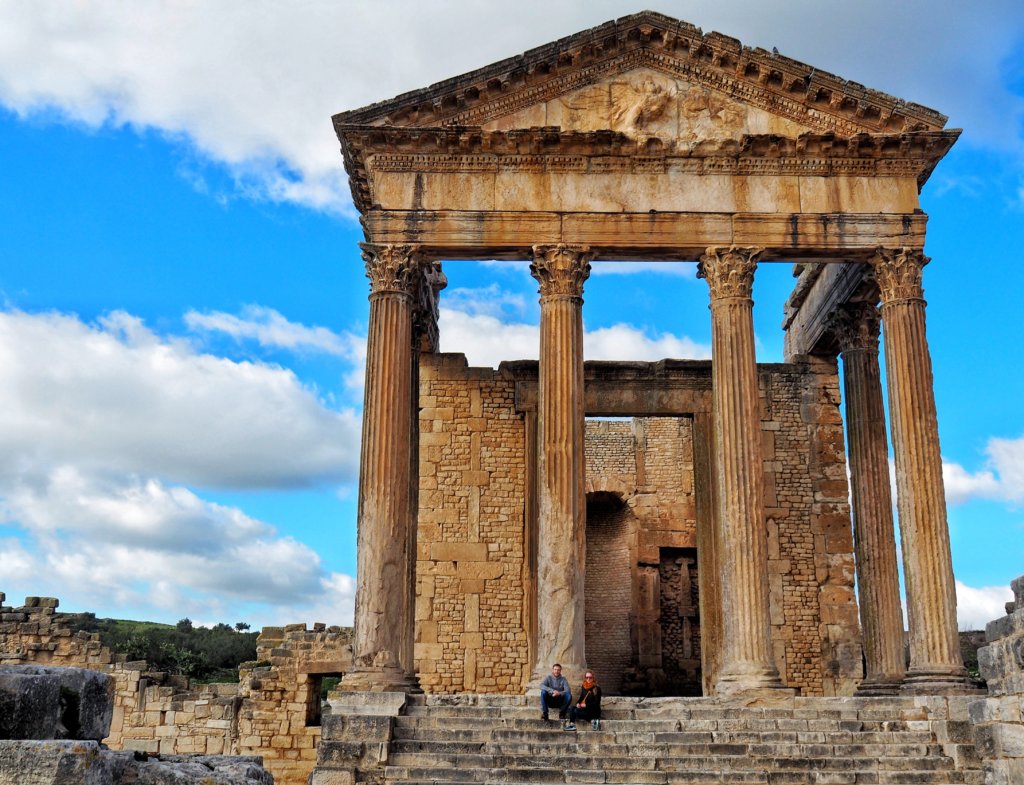

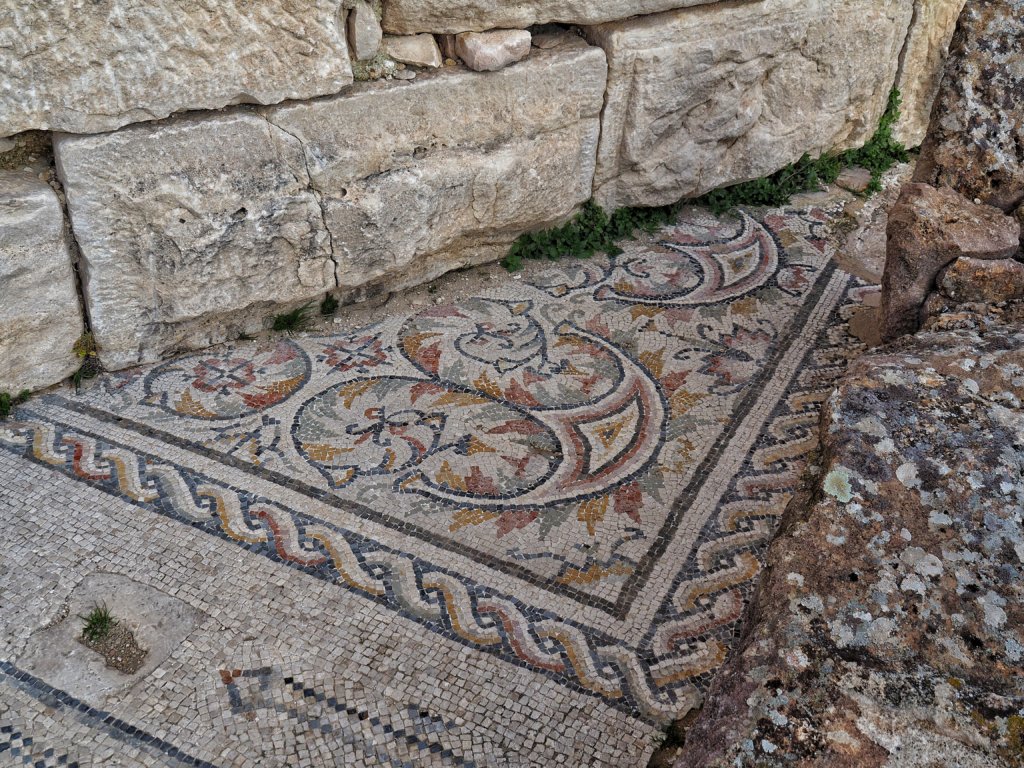

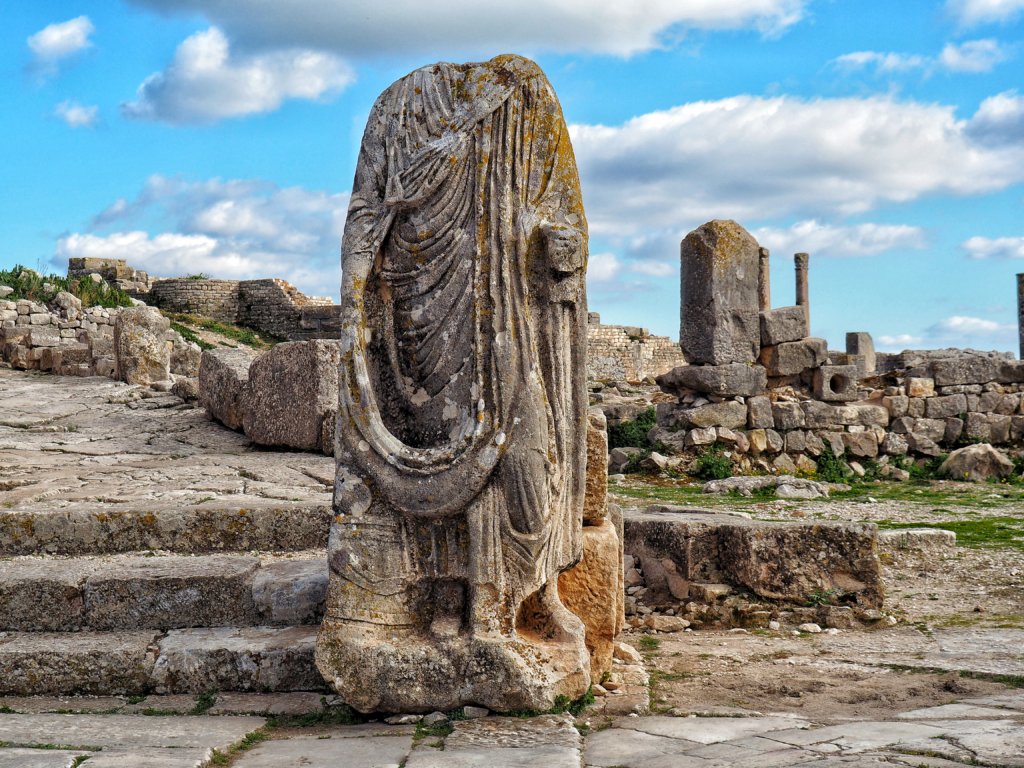


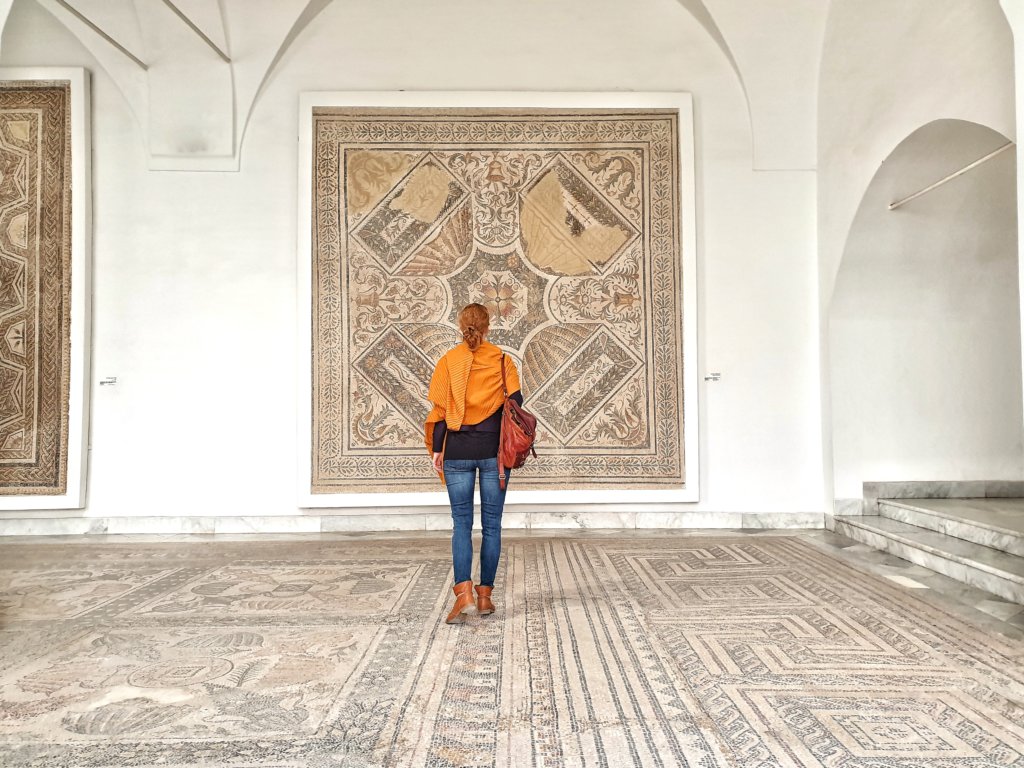
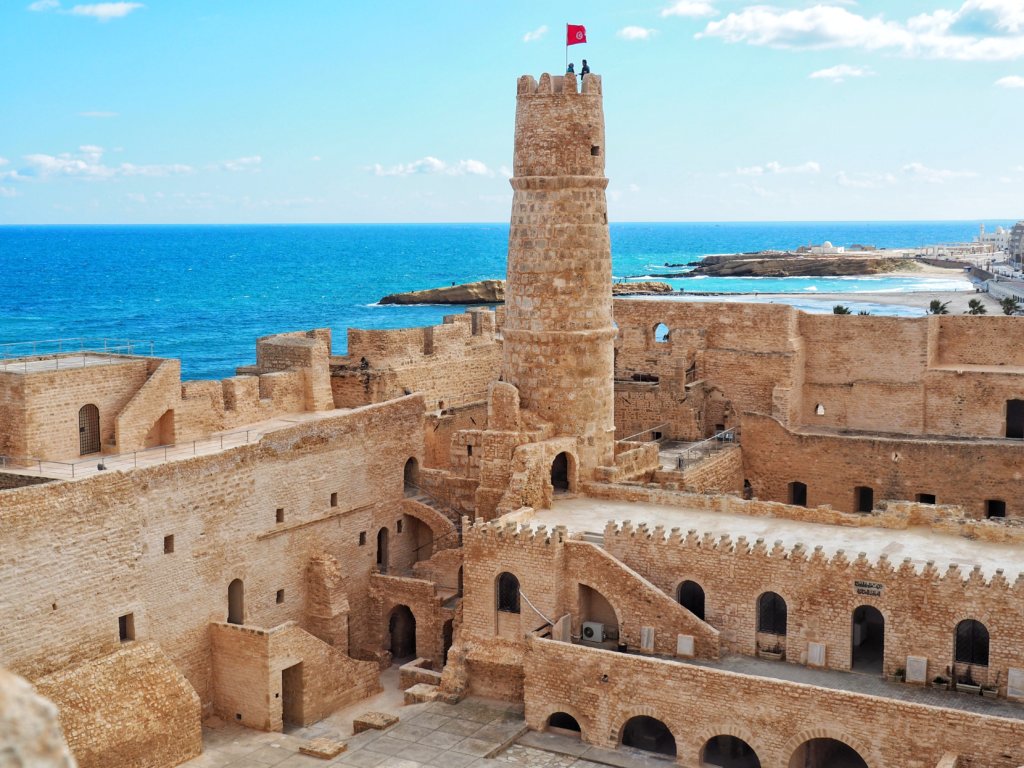
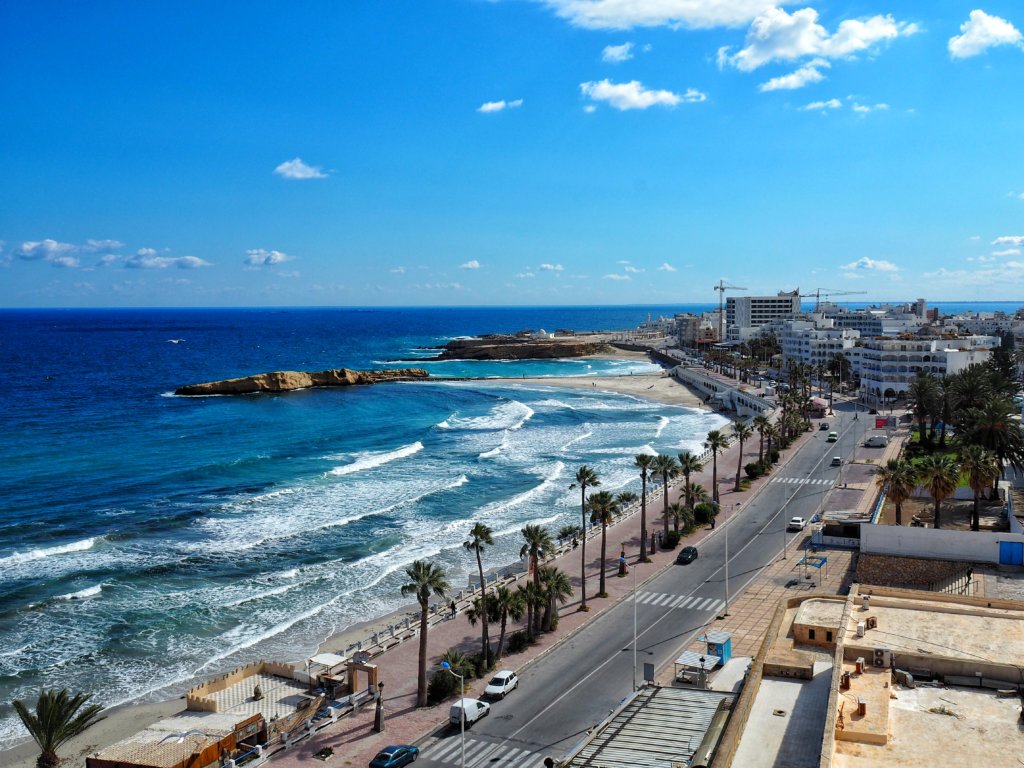
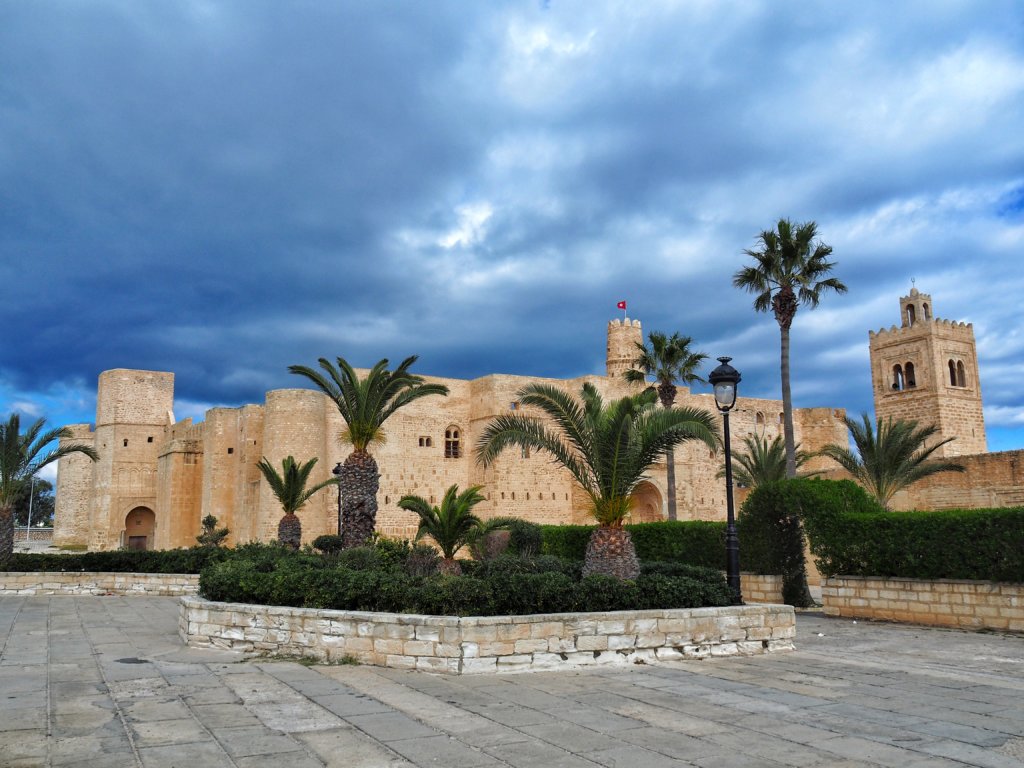
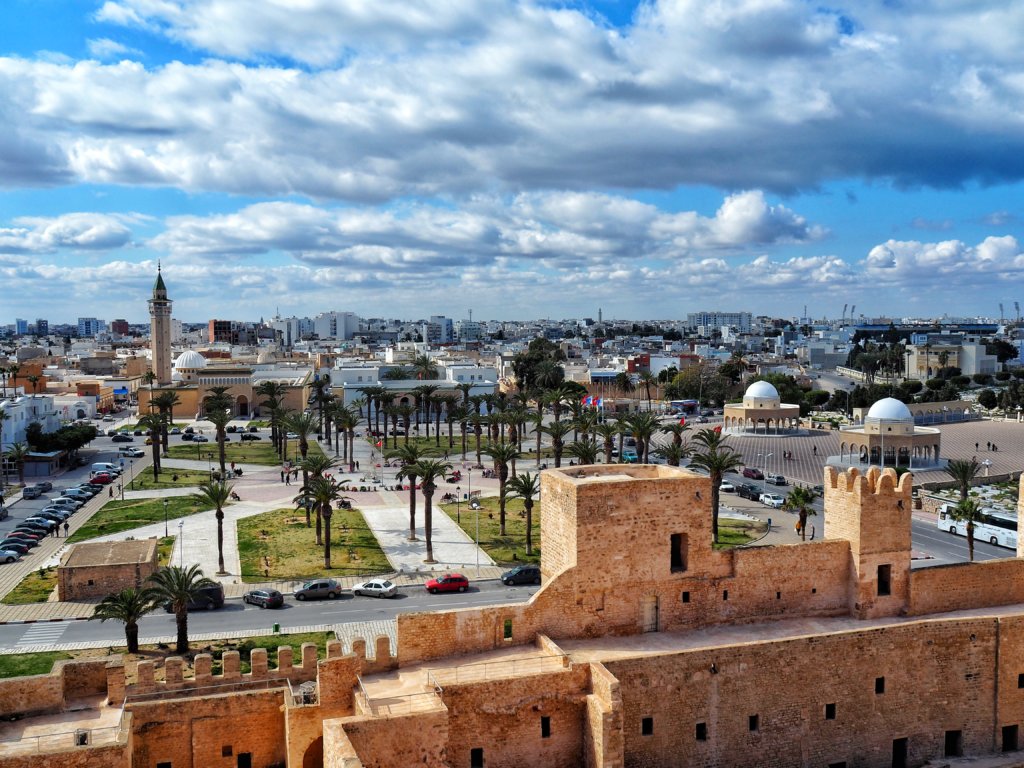
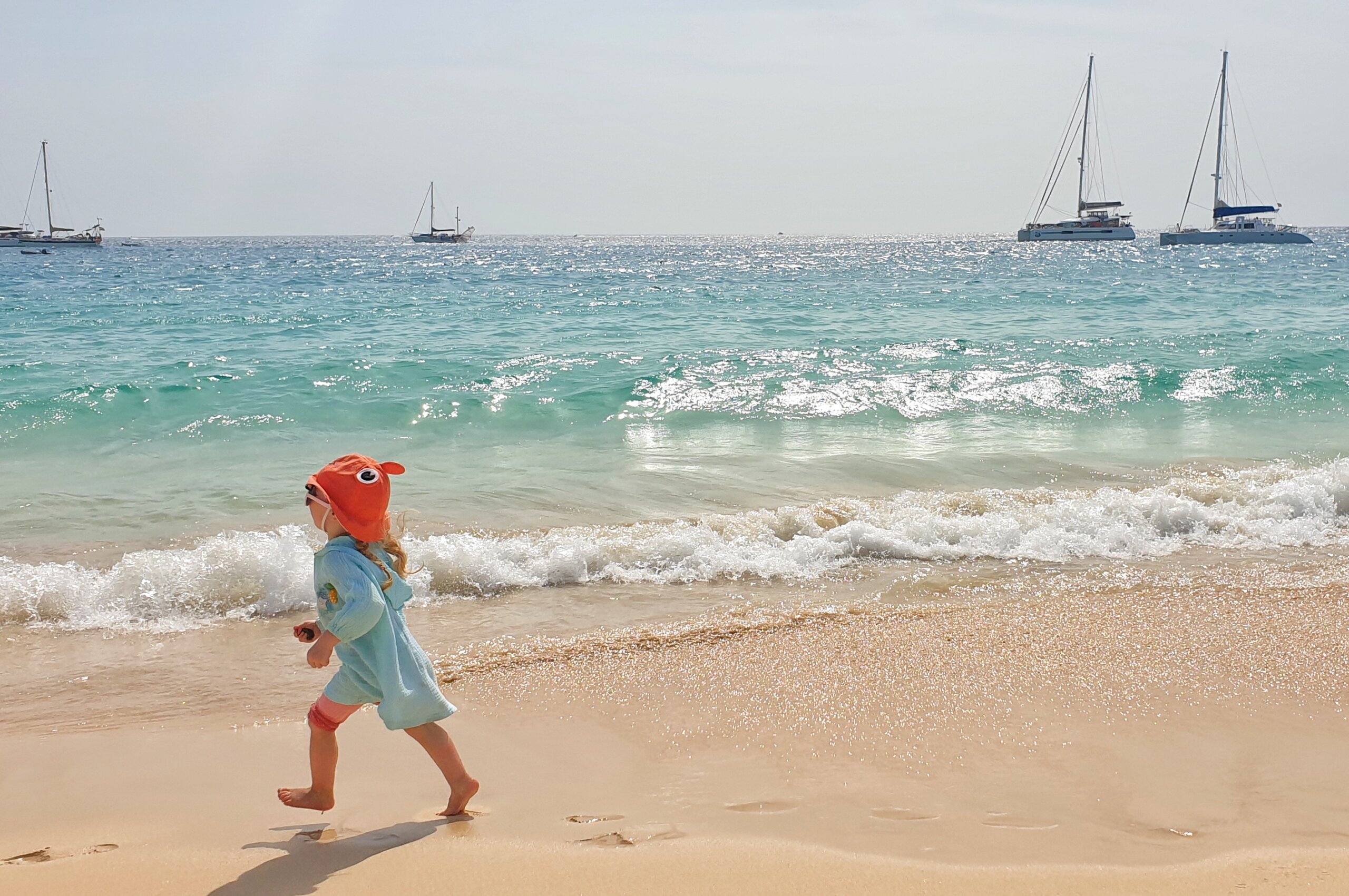
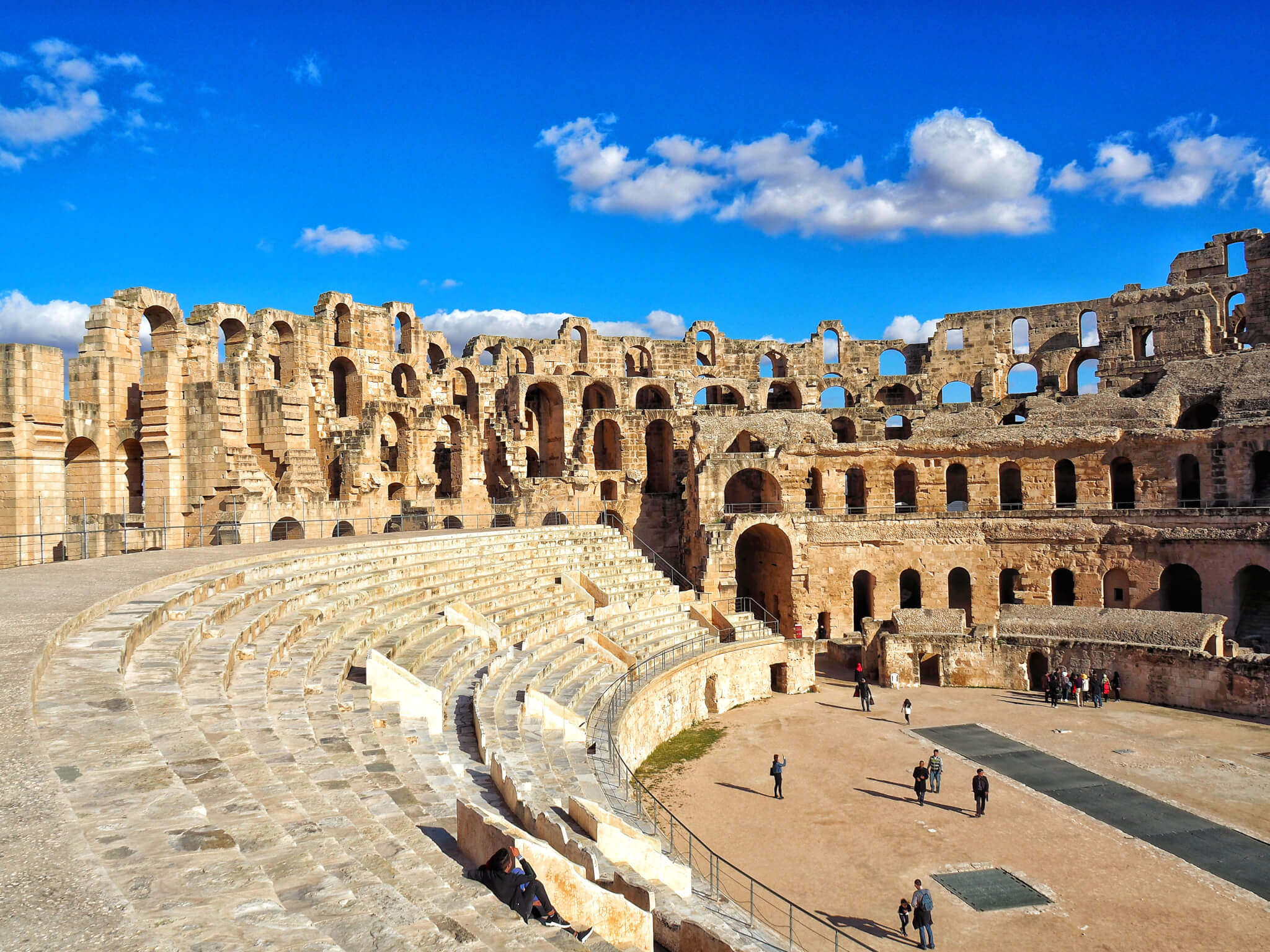
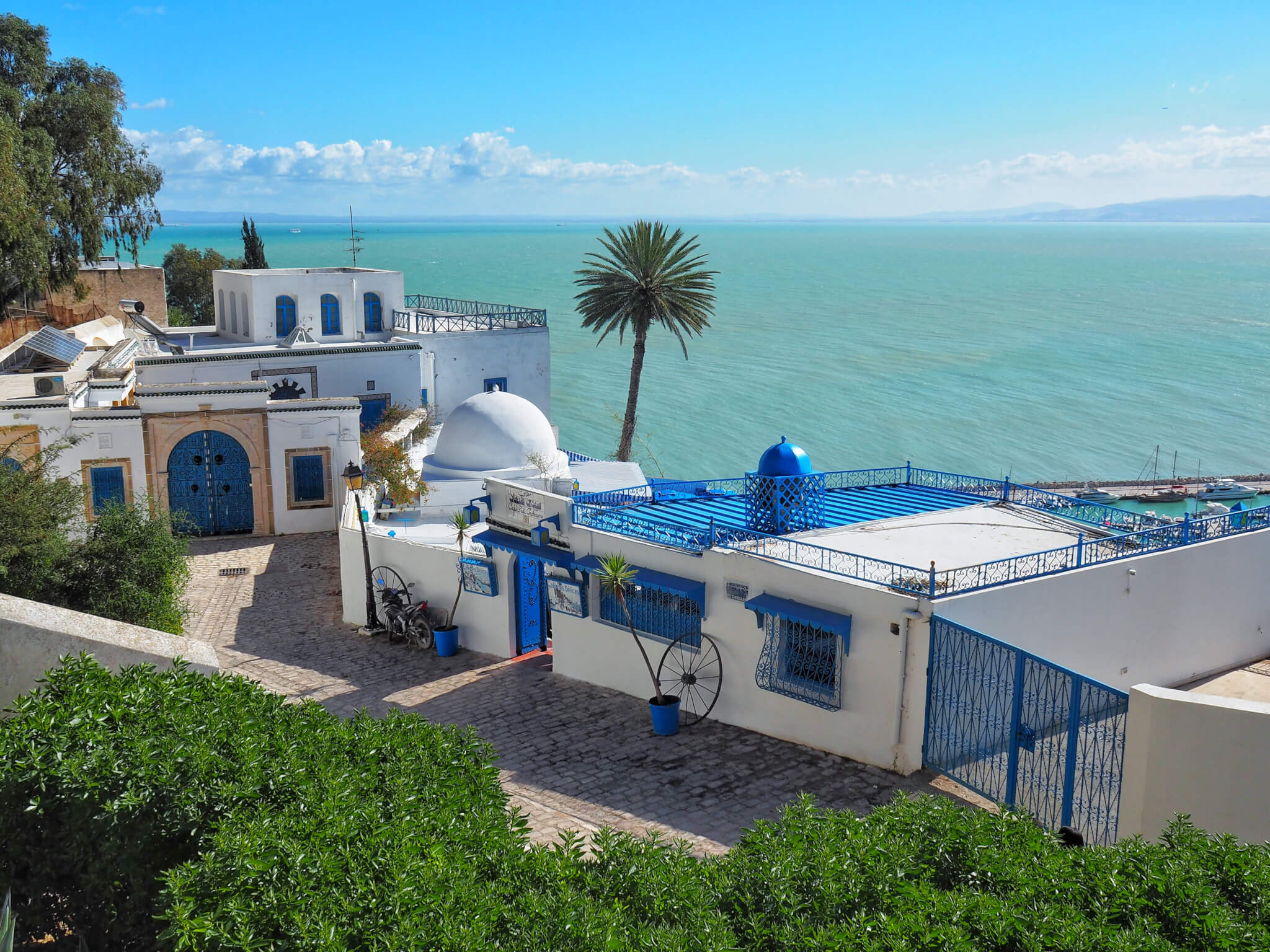

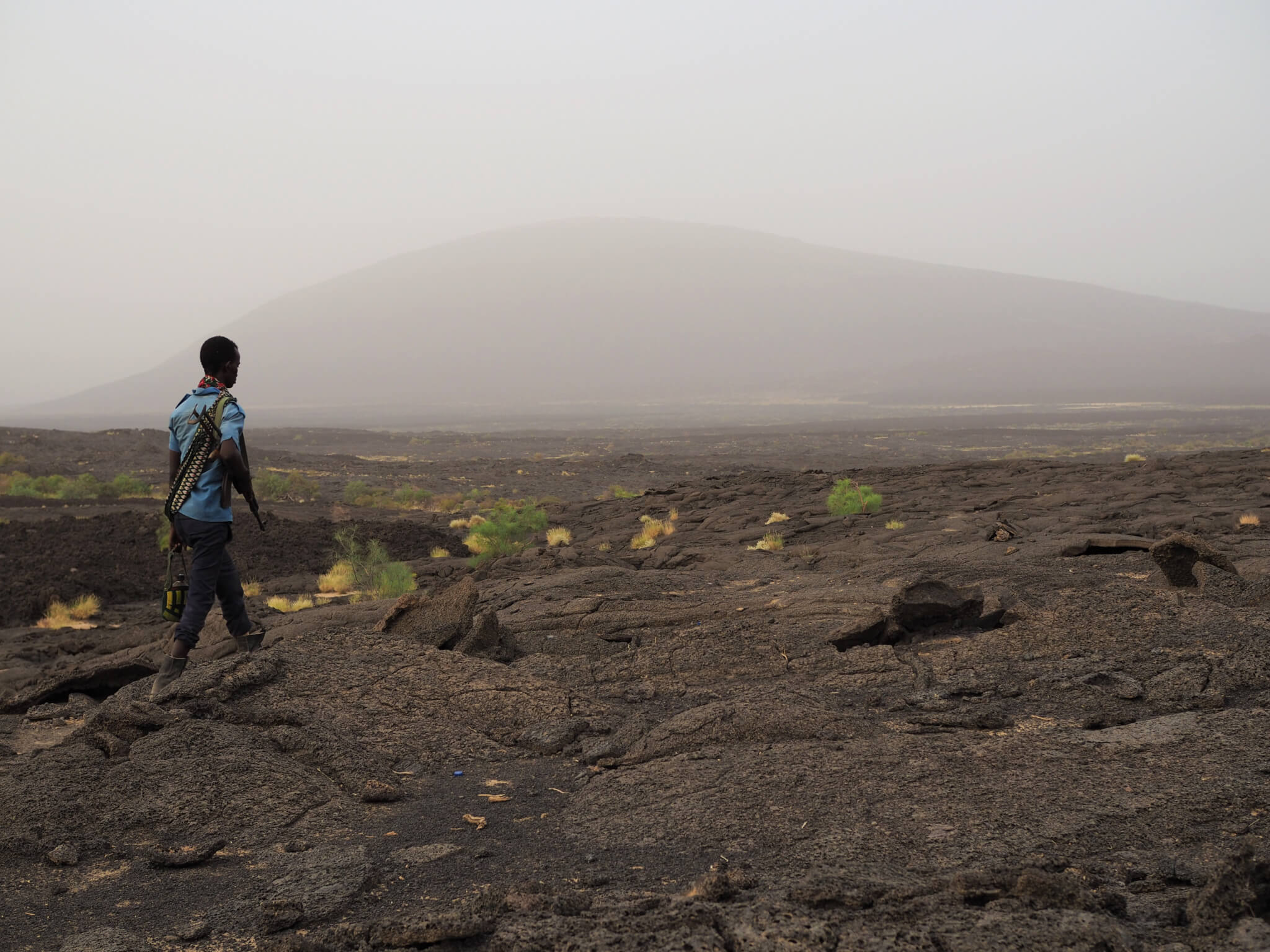
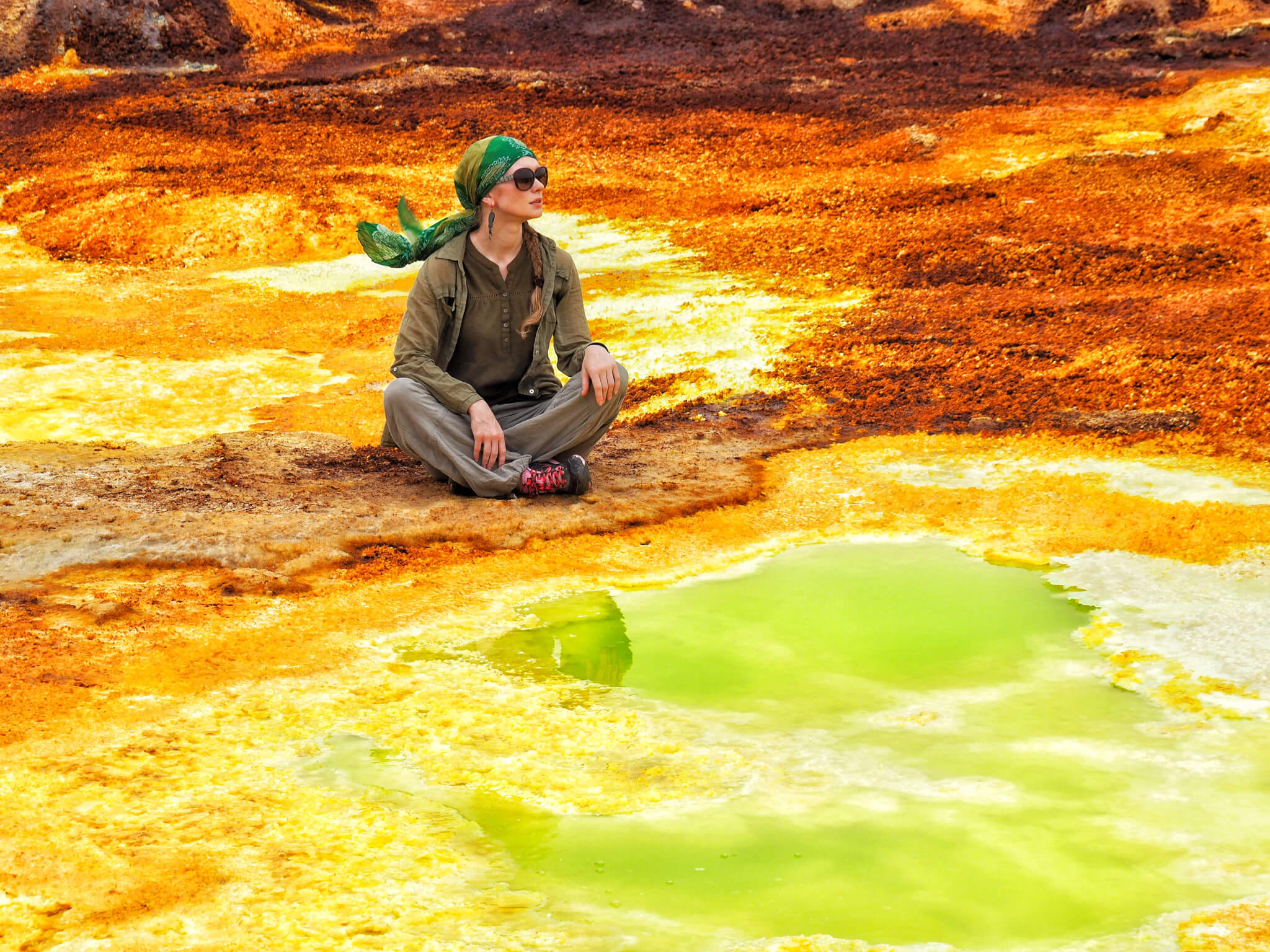

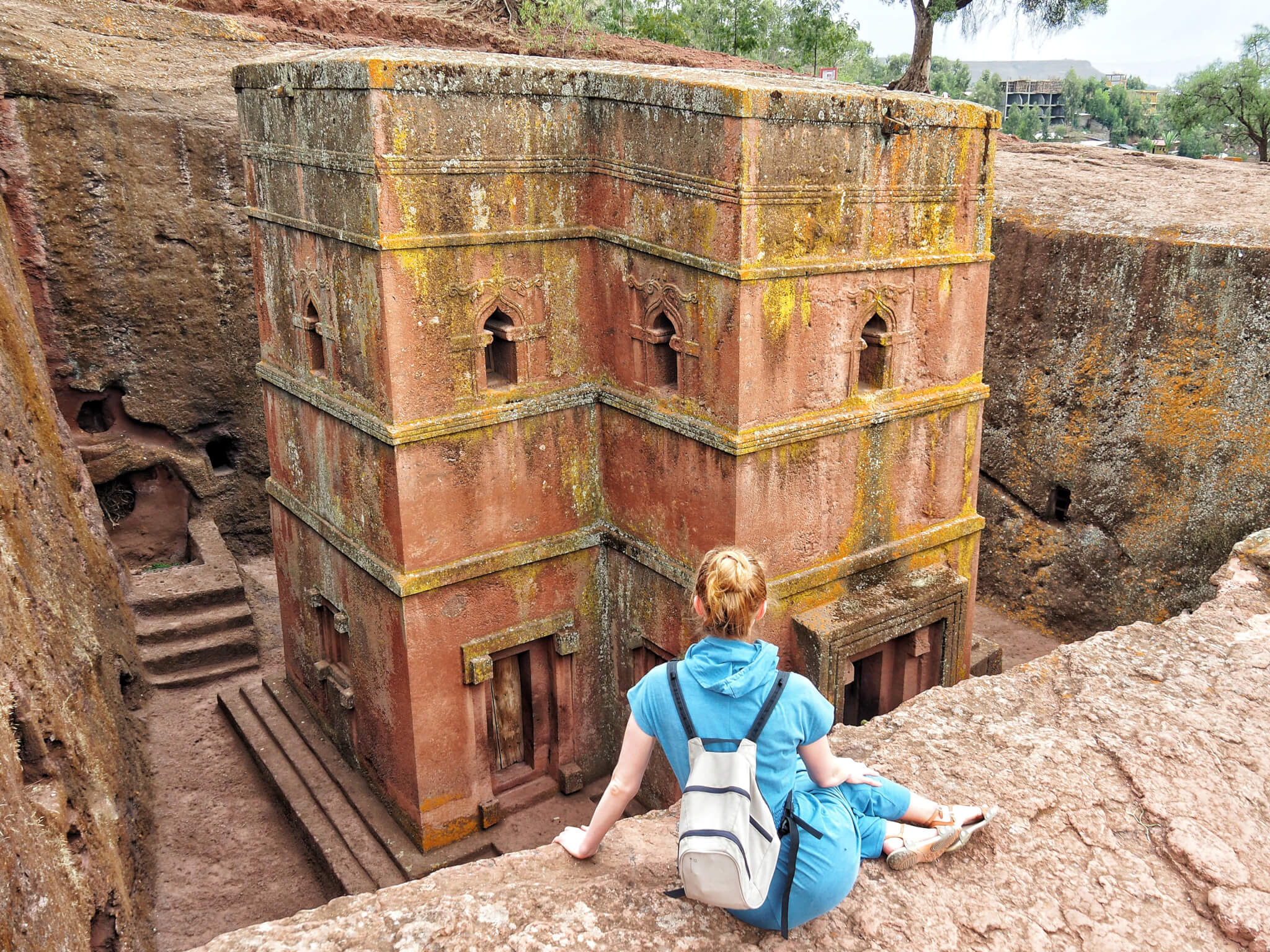
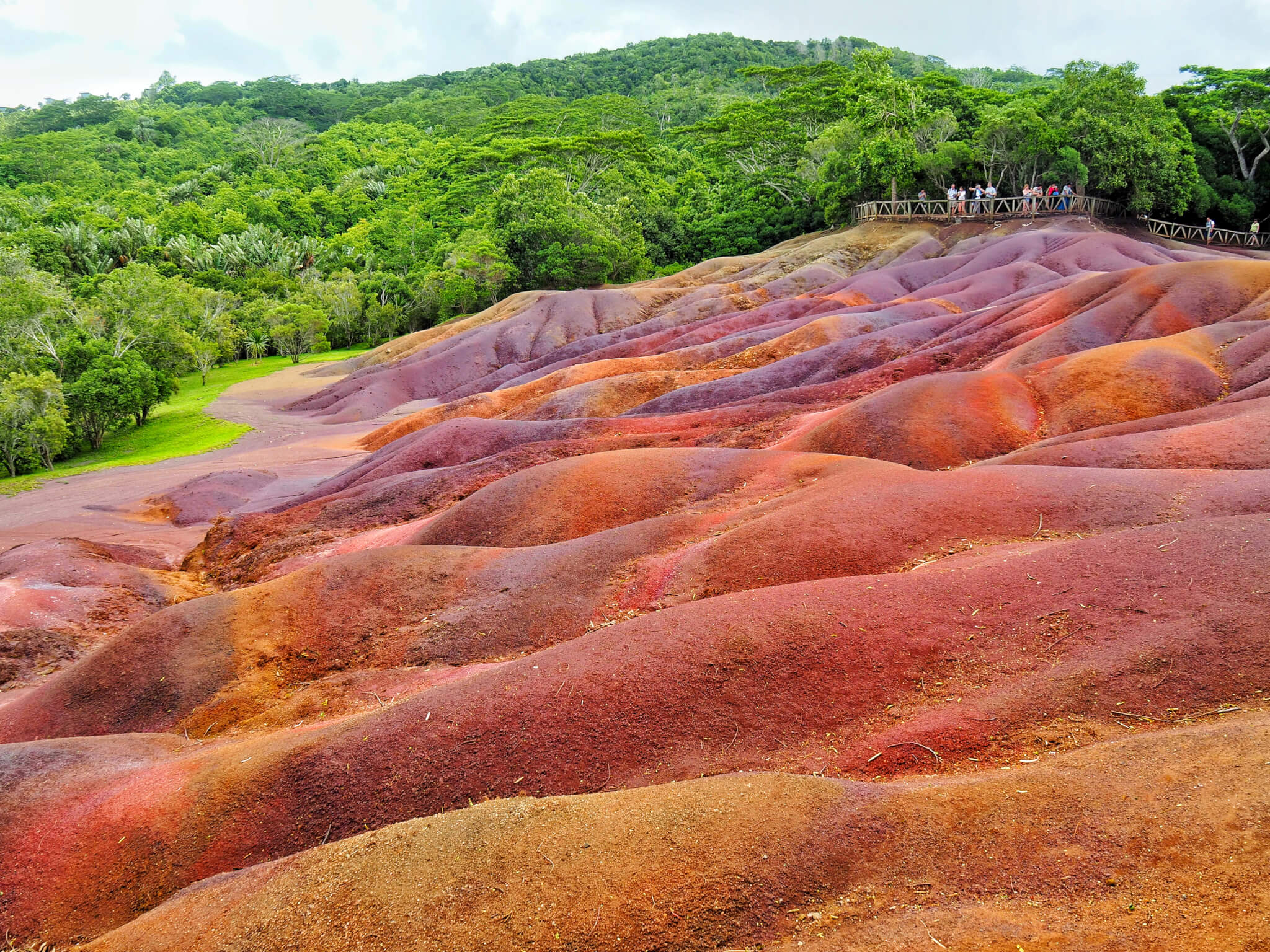

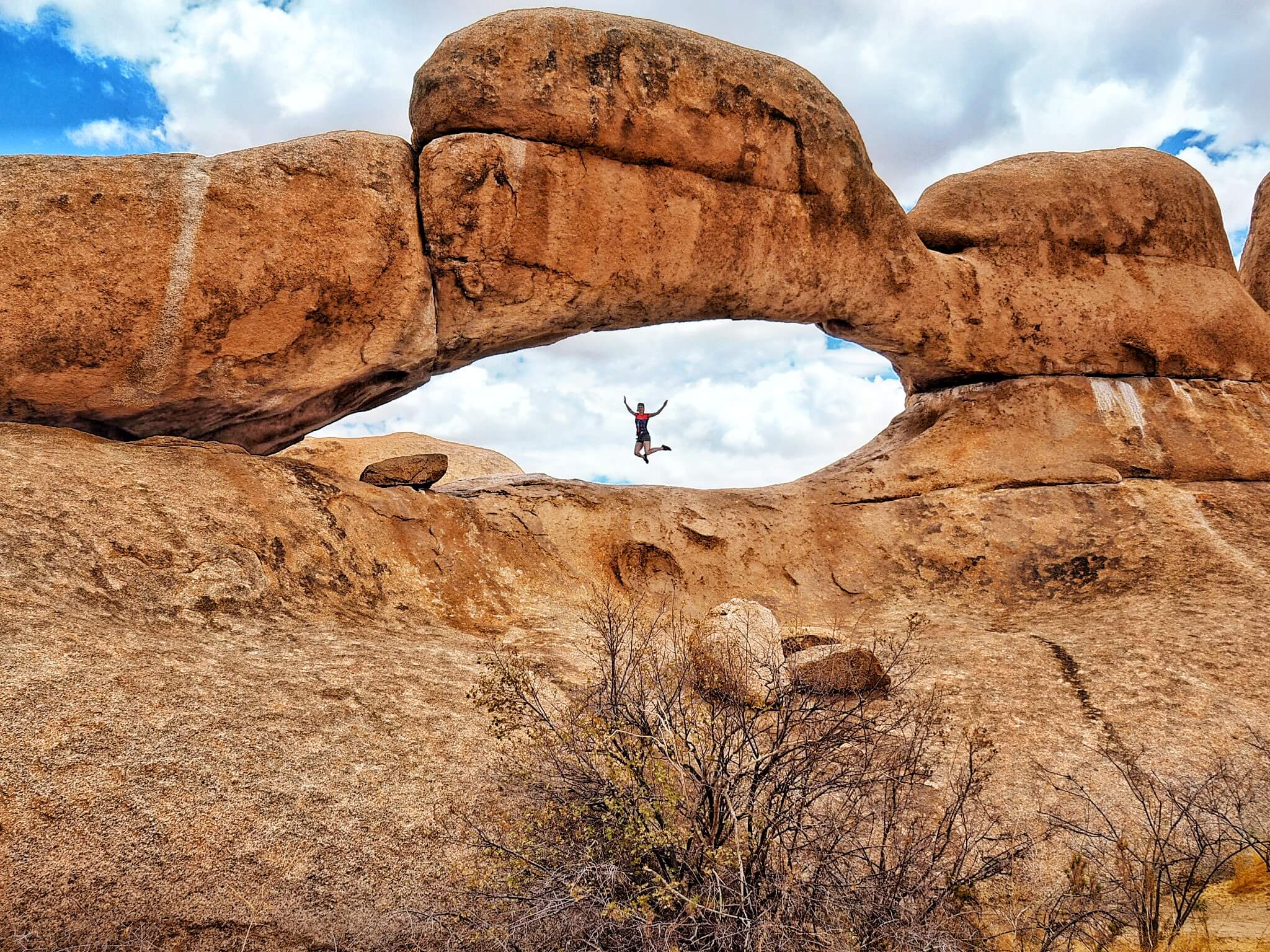
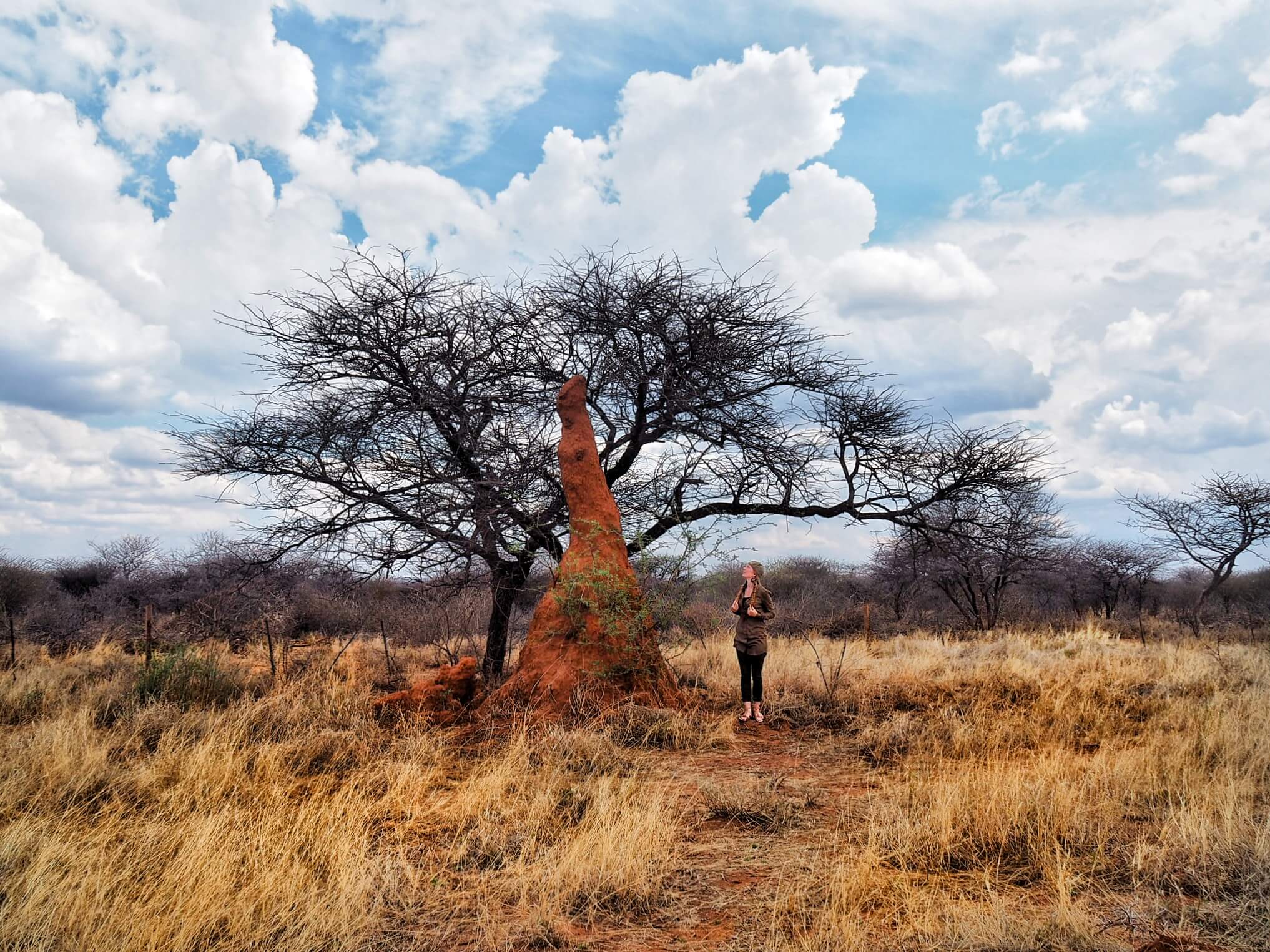
Leave A Comment